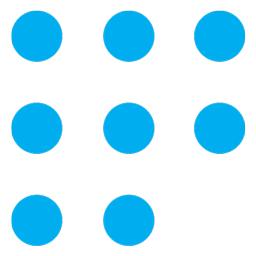Passage -3: Read the text and answer the question by selecting all the correct responses. You will need to select more than one response.
The Prague Astronomical Clock was first installed in 1410. This makes it the world's third-oldest astronomical clock and the oldest still in operation today. At the time of writing, this makes the clock 609 years old and still going strong. The first recorded mention of the clock was in October of the same year. But it should be pointed out that this date was when the oldest part of the clock was installed, the Orloj. Within the following hundred years, the lower calendar dial was added in around 1490.
Around the same time, the incredible gothic statues were also added. At some time in the late 1600s, probably between 1629 and 1659, the wooden statues were installed. The Apostle statues were added during a major refit between 1787 and 1791. The clock tower's iconic golden crowing rooster was added in around 1865. Throughout time the clock has been subject to continuous maintenance and repair. In fact, there is a legend that if the clock were to ever fall into disrepair, then the city will suffer.
It was heavily damaged during the Second World War during the Prague uprising against occupying Nazi forces. After significant effort, the machinery was repaired, the wooden Apostles restored by Vojt?ch Sucharda, and the Orloj started working again in 1948.
Another phase of renovation was undertaken in 2005 with the lower calendar ring and statures restored. Anti-pigeon nets were also installed around the wooden statues. The last renovation of the astronomical clock was carried out from January to September 2018, following a reconstruction of the Old Town Tower. During the renovation, an electric clock mechanism that was in operation since 1948 was replaced by an original mechanism from the 1860s.
Which of the following are true about the Prague Astronomical Clock?
- In the last renovation, an electric clock mechanism was installed in the clock.
- The clock was damaged in the Prague Uprising.
- The wooden statues were installed after the Apostle statues
- The entire clock was built & installed in 1410.
- The Prague Astronomical Clock is the oldest clock still in operation today
- In 1948, Vojt?ch Sucharda replaced the Orloj.


